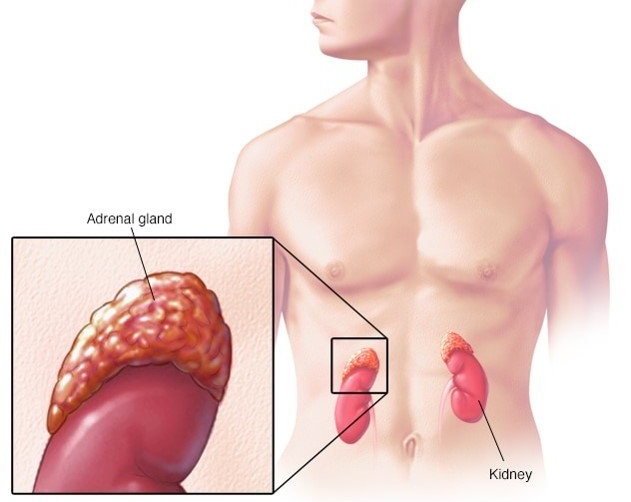The Science Behind CAH
At its root, CAH is caused by mutations in the genes that guide adrenal gland function. The most common form, 21-hydroxylase deficiency, prevents the production of cortisol and aldosterone. This deficiency causes the body to overproduce androgens, leading to atypical development and hormonal imbalance.
Common Symptoms
CAH can present differently in each individual, but typical signs include:
-
Electrolyte imbalance, resulting in dehydration, weakness, and low blood pressure.
-
Ambiguous genitalia in newborns, leading to complex medical and emotional considerations.
-
Early puberty, which can shorten adult height and impact self-esteem.
-
Ongoing fatigue and mood disturbances, tied to cortisol deficiency.
The combination of physical and psychological effects makes CAH a condition requiring holistic care.
Diagnosis and Early Intervention
Newborn screening has transformed the outlook for CAH patients. By testing hormone levels in the first days of life, doctors can quickly identify the disorder and begin treatment. Families with a history of CAH may also undergo genetic testing to understand risks before pregnancy.
Managing CAH Effectively
Treatment focuses on replacing missing hormones through lifelong therapy. Medications are carefully adjusted to mimic the body’s natural rhythms, preventing both deficiency and excess. Patients also undergo routine blood tests and imaging studies to monitor health.
Equally important is psychological support. Growing up with CAH may involve questions of identity, self-image, and social acceptance. Counseling and peer networks can provide valuable reassurance and strength.
The Role of Family and Community
Families are at the heart of CAH management. By learning about the condition, advocating for proper care, and building support systems, parents and caregivers empower their children to thrive. Community organizations also offer resources, advocacy, and a sense of belonging.
Looking Toward the Future
Although CAH is lifelong, medical progress continues to expand treatment possibilities. From improved hormone replacement therapies to new genetic research, hope for even better management is strong.
Conclusion
Living with CAH is not without obstacles, but it is also a journey of resilience, knowledge, and growth. With early diagnosis, effective treatment, and compassionate support, those with CAH can look forward to a life of health, fulfillment, and promise.

